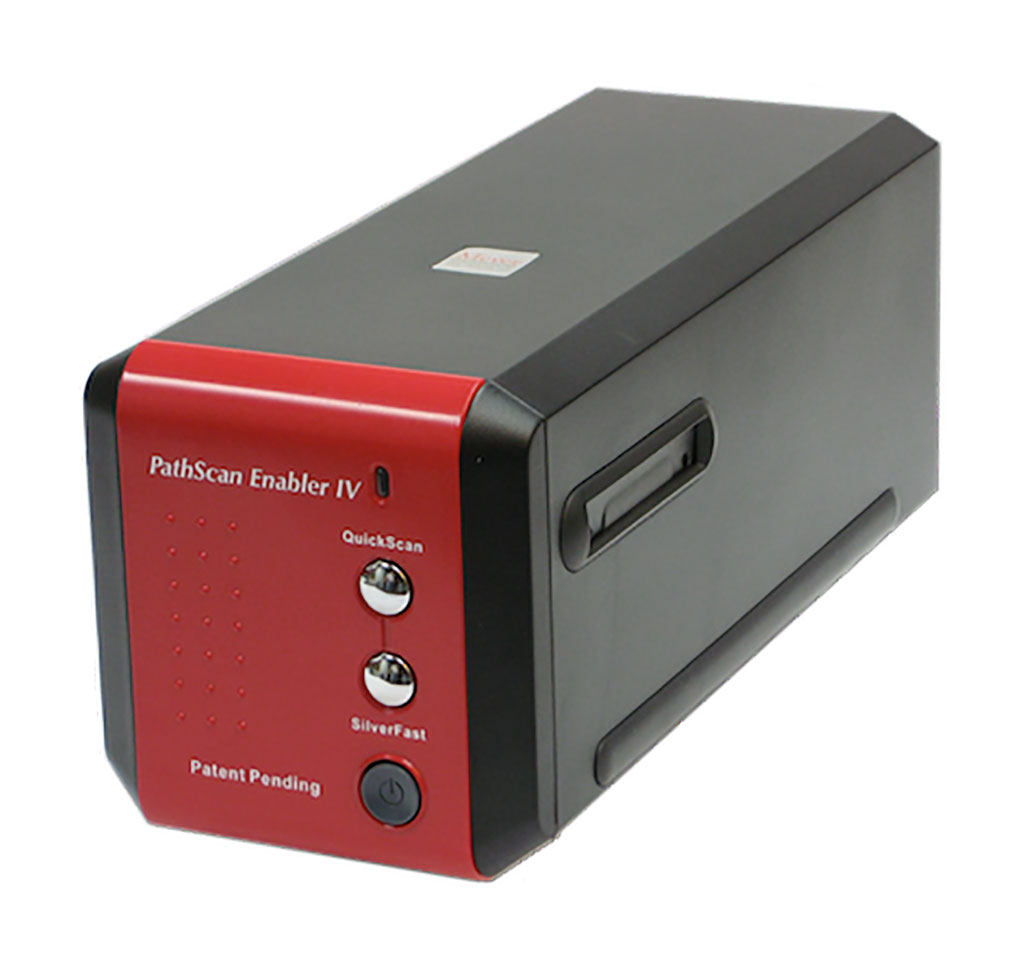Immunohistochemistry-Guided Sequencing Finds Mutations in Most Cortisol-Producing Adenomas
Posted on 27 Apr 2022
Cushing syndrome (CS) represents a constellation of signs and symptoms associated with chronic and excessive exposure to glucocorticoids, from either endogenous endocrinopathies or, more commonly, from exogenous pharmacologic sources.
Endogenous CS can result from adrenocorticotropin (ACTH) or, rarely, corticotrophin-releasing hormone–secreting tumors, or from autonomous cortisol production directly from the adrenal glands, independently from ACTH. Solitary cortisol-producing adenomas (CPAs) account for most cases of ACTH-independent CS.

Medical Scientists at the University of Michigan Medical School (Ann Arbor, MI, USA) and their colleagues included on a study analyzed formalin-fixed, paraffin-embedded tissue from 77 patients (84.4% women; median age, 52.9 years) diagnosed with adrenocorticotropin-independent adrenal Cushing syndrome that underwent a unilateral adrenalectomy. The cohort included 32 patients with overt Cushing’s syndrome and 45 with mild autonomous cortisol excess.
The team used immunohistochemistry (IHC) for 17α-hydroxylase/17,20-lyase (CYP17A1) and 3β-hydroxysteroid dehydrogenase (HSD3B2), and identified 78 cortisol-producing adenomas (CPA; 32 overt Cushing syndrome (OCS CPAs) and 46 subclinical” mild autonomous cortisol excess (MACE CPAs). After confirmation of appropriate staining under a light microscope, slides were electronically scanned by a PathScan Enabler IV (Meyer Instruments, Houston, TX, USA). Genomic DNA was isolated from the FFPE CPAs and subjected to targeted amplicon sequencing for identification of somatic mutations. Mutation analysis of the CPA gDNA was carried out by targeted amplicon-based NGS using custom AmpliSeq panels and the Ion Torrent System (Thermo Fisher Scientific, Waltham, MA, USA).
The investigators reported of the somatic mutations identified, the most frequently altered genes were CTNNB1, altered in 42.3% of adenomas; PRKACA, altered in 20.5% of adenomas; and GNAS, altered in 9% of adenomas. The most common mutated gene in those with overt Cushing syndrome was PRKACA, whereas CTNNB1 was the most common mutation found in those with mild autonomous cortisol excess. The group found two unique adenomas in patients with mild autonomous cortisol excess that exhibited distinct regional heterogeneity in HSD3B2 expression. One somatic mutation that had not been previously reported, PRKACA p.P244_K250delinsQ, was observed in sequencing.
Juilee Rege, PhD, and Adina Turcu, MD, MS, an associate professor and leading authors of the study, said, “This unique spectrum of mutations in overt Cushing syndrome and mild autonomous cortisol excess would also indicate a distinct steroidogenic enzyme transcriptomic profile, and distinct steroid fingerprints in the peripheral circulation. Such developments could simplify the diagnosis of suspected Cushing syndrome, which is currently a cumbersome, multistep process.”
The authors conclude that a comprehensive FFPE IHC-guided gene-targeted sequencing approach identified somatic mutations in 71.8% of the CPAs. OCS CPAs demonstrated a distinct mutation profile compared to MACE CPAs. The study was originally published in the February 2022 issue of The Journal of Clinical Endocrinology & Metabolism.
Related Links:
University of Michigan Medical School
Meyer Instruments
Thermo Fisher Scientific









 assay.jpg)




